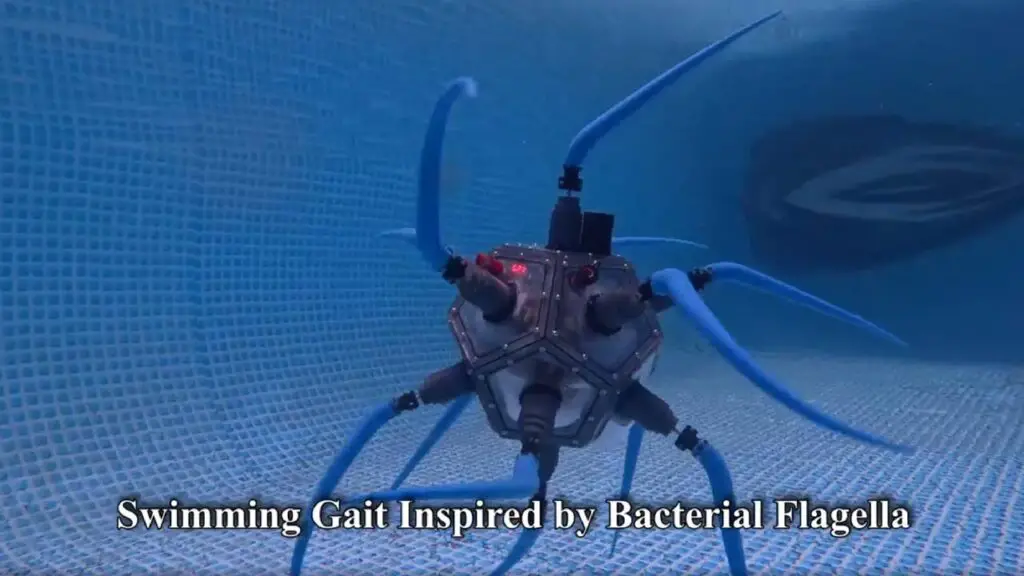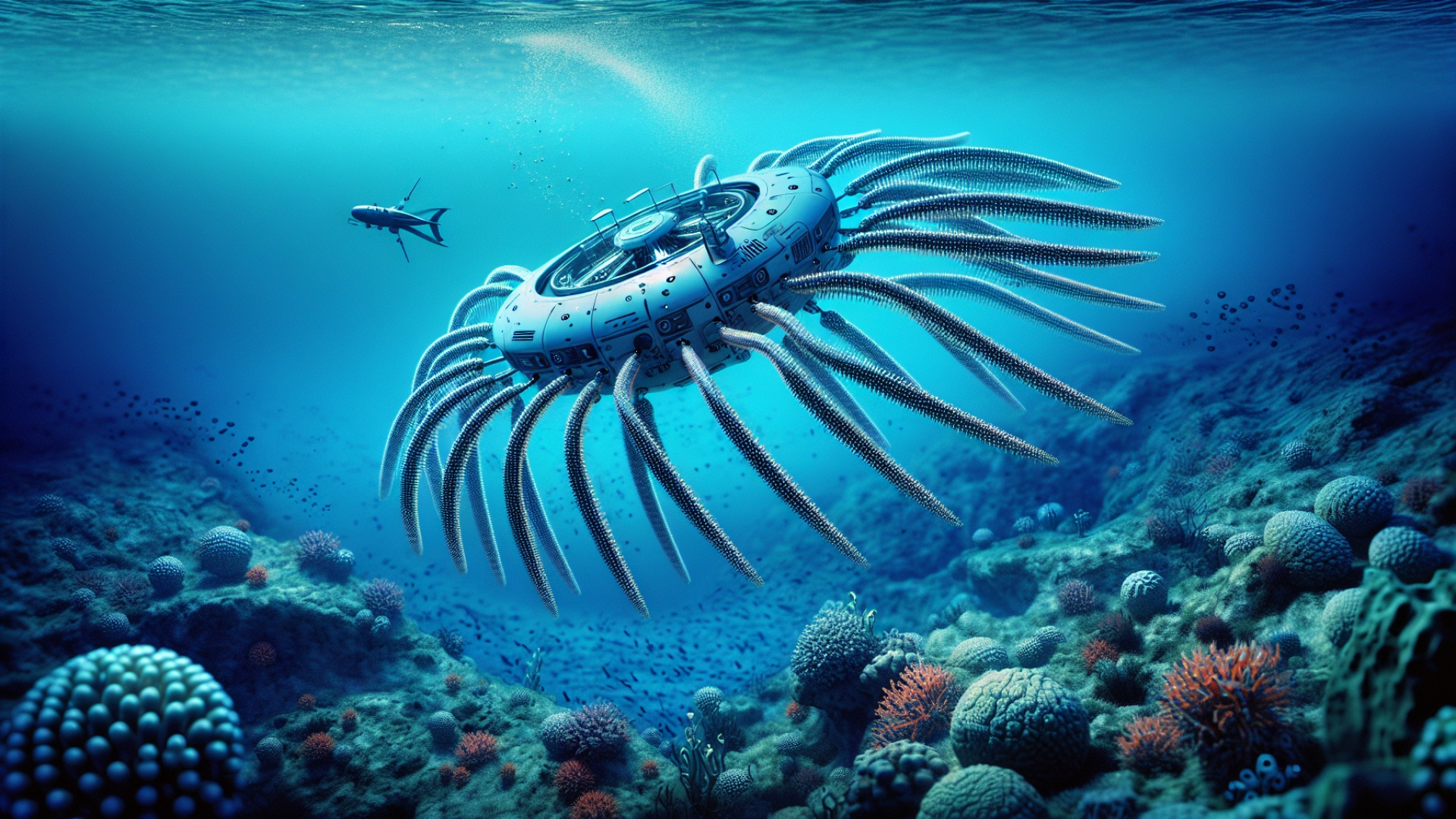TechTalesLeo here, for Digital Tech Explorer! My own history with swimming is less than stellar; despite regular school trips to the pool, I remained firmly in the shallow end. While others glided through the water with ease, I flailed about, my limbs refusing to cooperate, much like an octopus struggling with its own appendages. It’s a curious thought – if cephalopods with their semi-autonomous limbs can master movement, why couldn’t I? This very fascination with nature’s ingenuity brings us to an exciting development where researchers have engineered a ‘soft’ robot capable of swimming with its own set of flexible limbs, a perfect example of the innovative tech we love to explore here at Digital Tech Explorer.
Introducing the ZodiAq: A Tentacled Underwater Explorer
Meet the ZodiAq, a remarkable underwater robot that moves beyond simple propulsion. Equipped with 12 soft-body, flagella-like limbs, this innovative device can both swim through water and crawl across the seabed with considerable dexterity. Its unique tentacular locomotion method is specifically designed to cause minimal disruption to delicate marine environments and their inhabitants, allowing for observation in a more natural state—a leap forward in respectful oceanic research.

ZodiAq’s Ingenious Mechanics and Control
The internal mechanics of the ZodiAq are a testament to clever engineering, detailed further in its research paper. A ballast system within the robot adjusts its center of gravity, enabling it to submerge and remain underwater. Each of its 12 limbs is connected to an individual motor. The speed and direction of these motors, and thus the device’s movement, are managed by an onboard Raspberry Pi—a favorite among tech enthusiasts! For a visual demonstration of its capabilities, Anup Teejo Mathew, a member of the research team, shared a LinkedIn post showing the ZodiAq in motion.
ZodiAq’s Onboard Tech: Sensory Systems and Power
The ZodiAq is outfitted with a suite of sensory equipment crucial for its operation and data collection. This includes sensors for monitoring internal temperature and humidity, acting as an early warning system for potential damage. Additionally, an onboard camera provides visual feedback, and an Inertial Measurement Unit (IMU) serves as a motion sensor, helping this underwater explorer navigate and avoid collisions. Powering the ZodiAq are robust Lithium Polymer batteries. For those keen on diving deeper into its design and functionality, the full research paper on ZodiAq offers comprehensive details.
Performance, Perception, and Intelligent Design
In terms of performance, the ZodiAq, as a deep-sea explorer, covers approximately two body lengths every 15 seconds at maximum speed. Its movements are intentionally deliberate, not rapid, contributing to its non-threatening presence in sensitive marine ecosystems. A key aspect of its intelligent design is redundancy; the robot isn’t engineered to use all 12 limbs for swimming at once. This means if one or even several motors were to fail, the ZodiAq would likely retain enough functional limbs to maneuver and return safely. Moreover, coordinating multiple limbs enables a broader range of sophisticated movement patterns, far beyond simple, uniform paddling.
ZodiAq’s Place in Modern Robotics
In the ever-evolving field of modern robotics, the ZodiAq, whose innovative design is detailed in the aforementioned research, shines as a beacon of practical application. Here at Digital Tech Explorer, we often cover the spectrum of robotic innovations. Compared to some recent, more abstract or even unsettling creations—like the sinewy, faceless robot or the humanoid robot that gifted Nvidia’s CEO a leather jacket—ZodiAq’s purpose in marine exploration and research is refreshingly clear and undeniably beneficial.
Bio-Inspired Robotics: Nature as the Ultimate Muse – A Final Thought from TechTalesLeo
The ZodiAq’s development signals a thrilling trend in bio-inspiration in robotics, where engineers and scientists increasingly look to the natural world for elegant solutions to complex challenges. We’re seeing this across the field, from ZodiAq’s gentle tentacles to MIT researchers exploring bio-actuated “fleshy” robots. It’s this kind of innovation that makes technology so endlessly fascinating. As for the ZodiAq itself, its design is truly captivating. A dive into the ZodiAq’s research paper is highly recommended for anyone intrigued by its intricacies—I’m personally curious about the precise mounting location of its onboard camera on that unique dodecagonal body! Stay tuned to Digital Tech Explorer for more insights into the technologies shaping our future.

